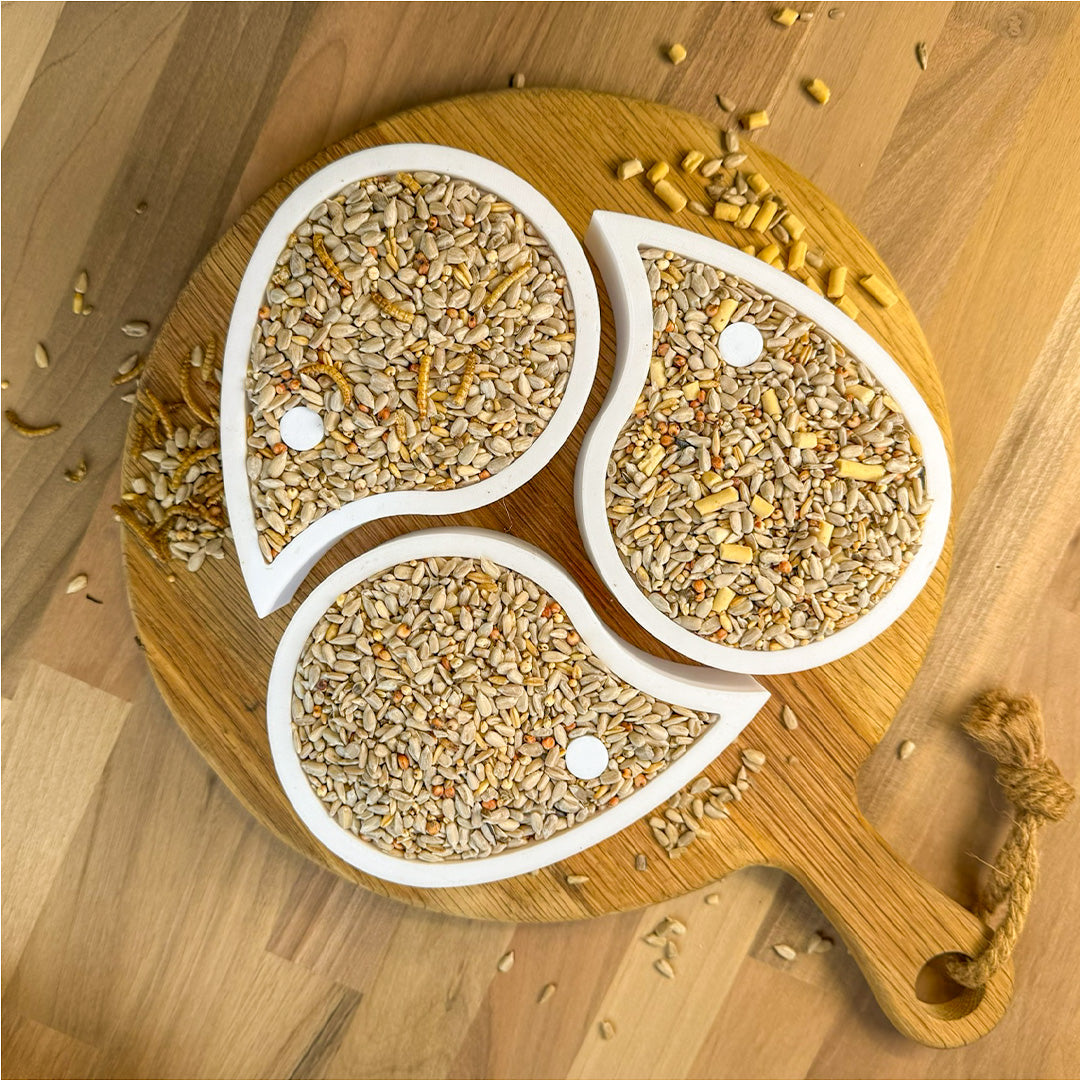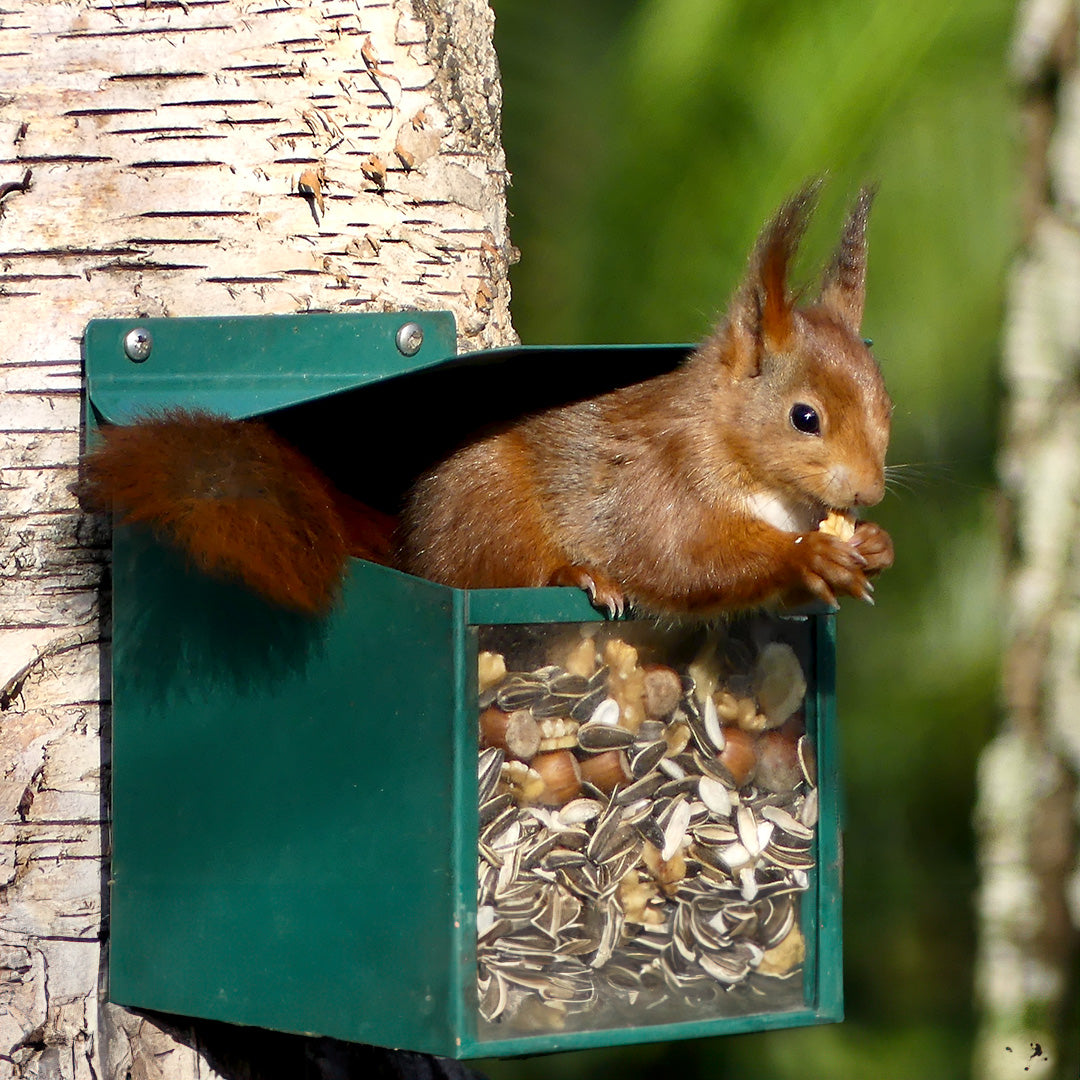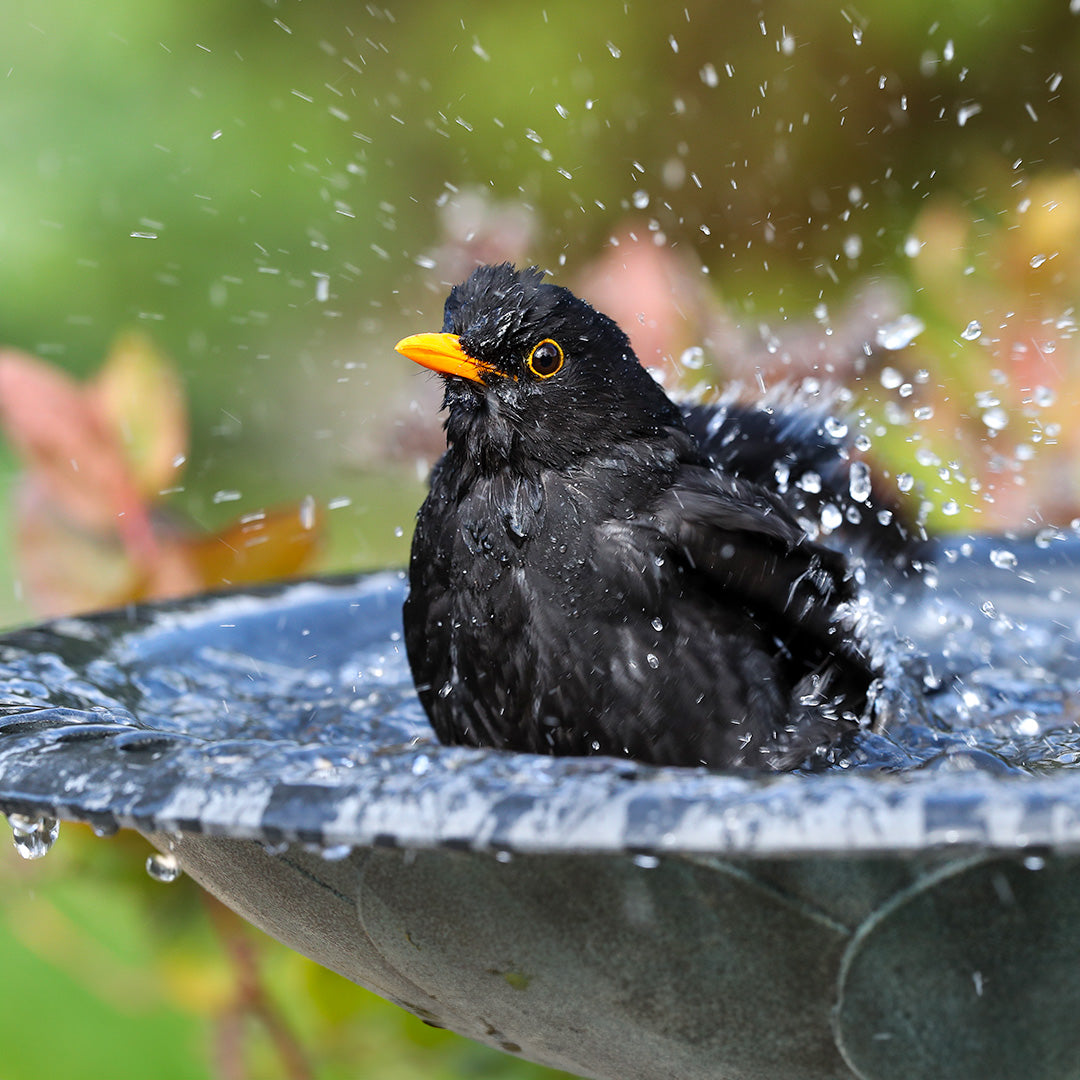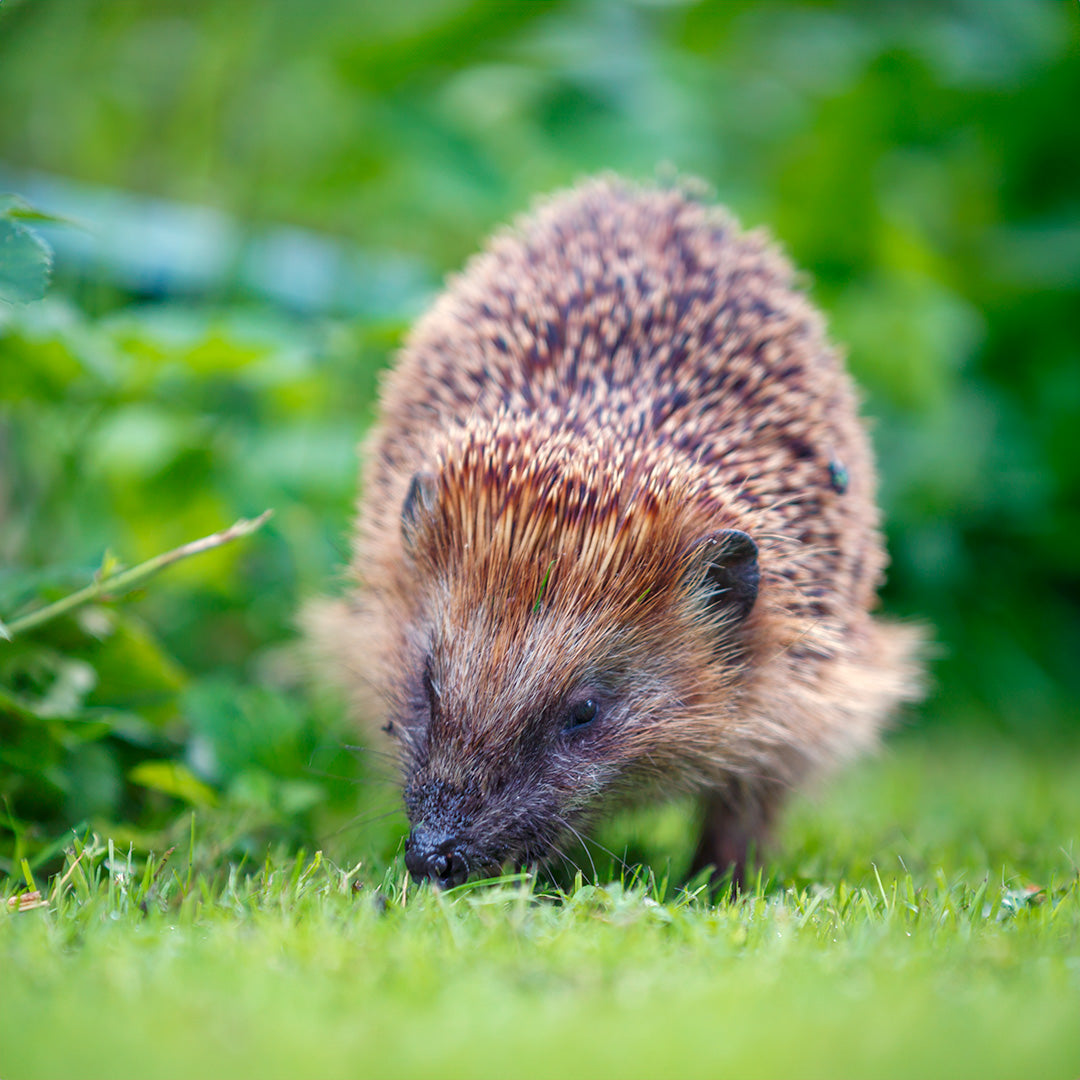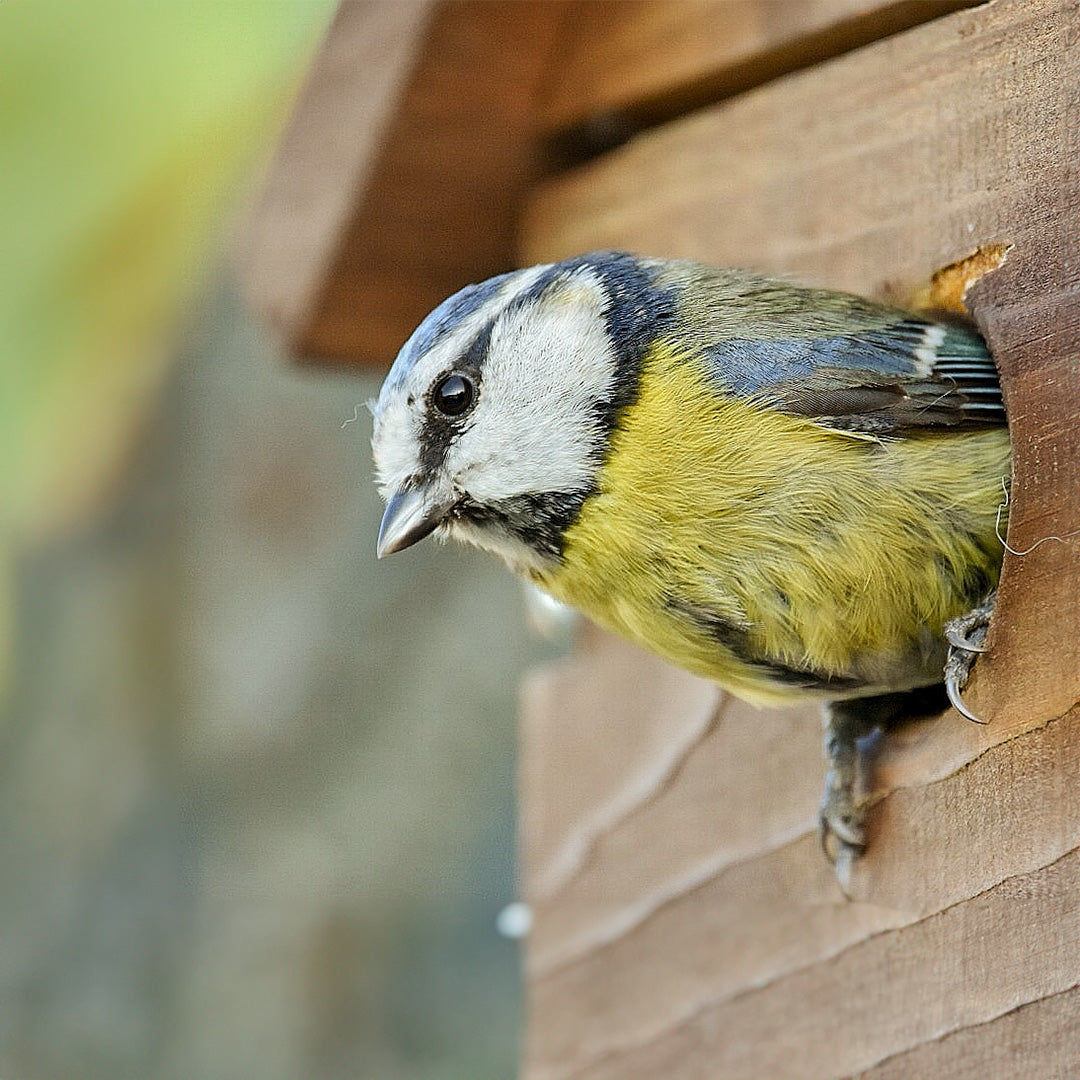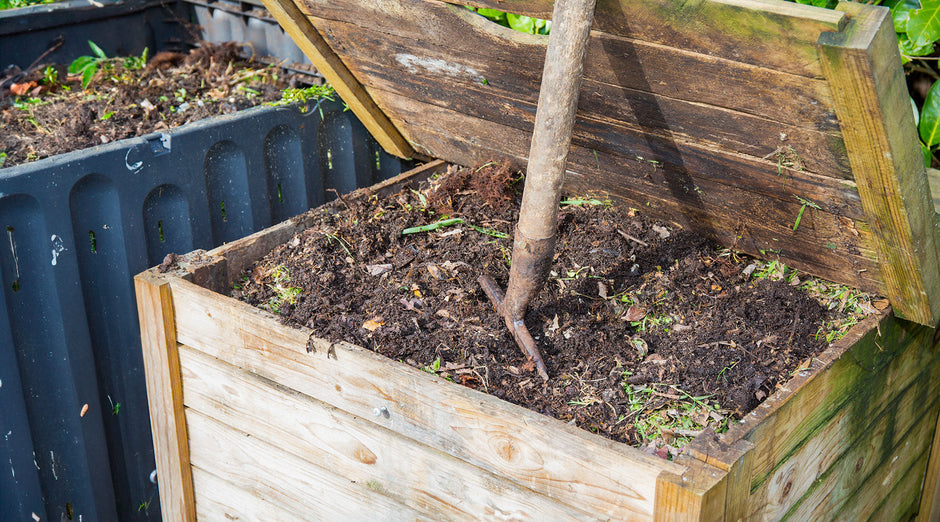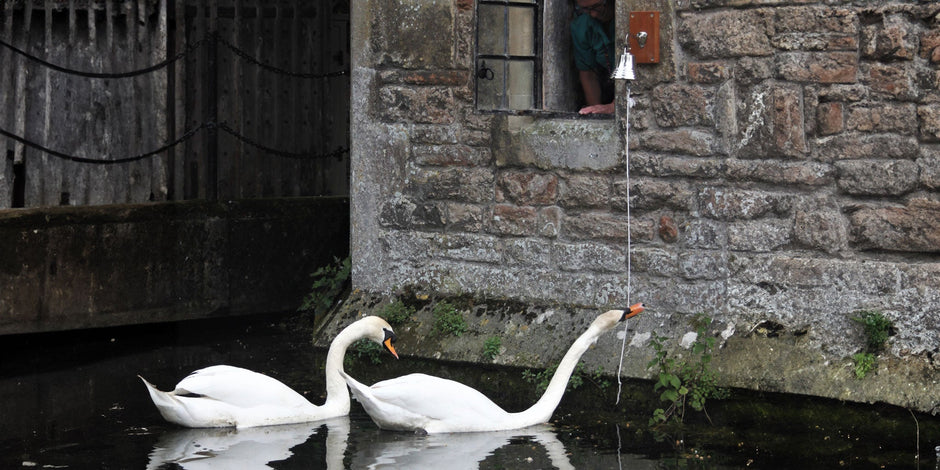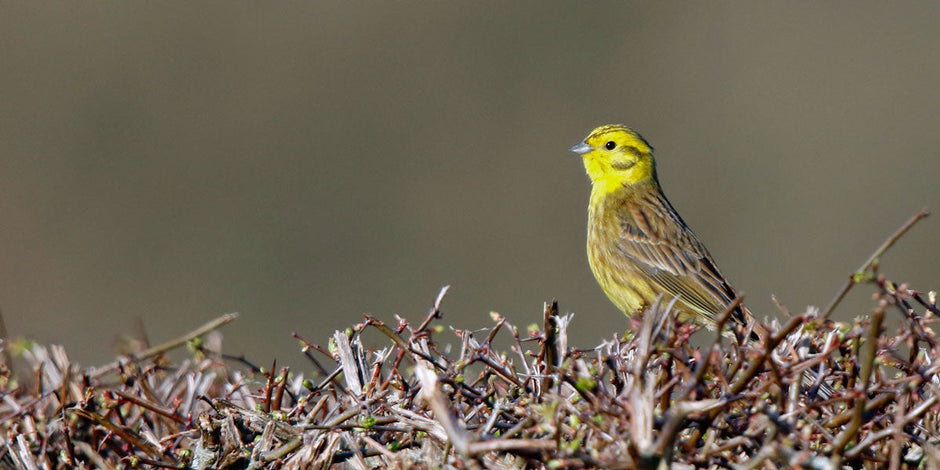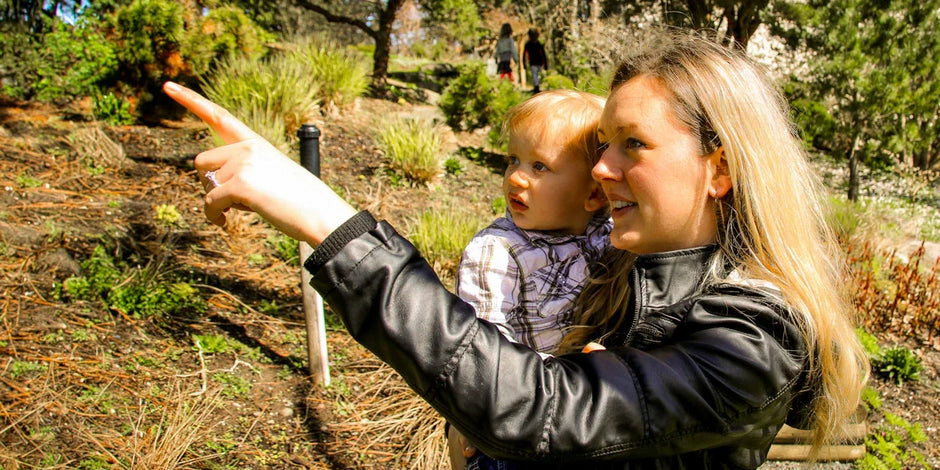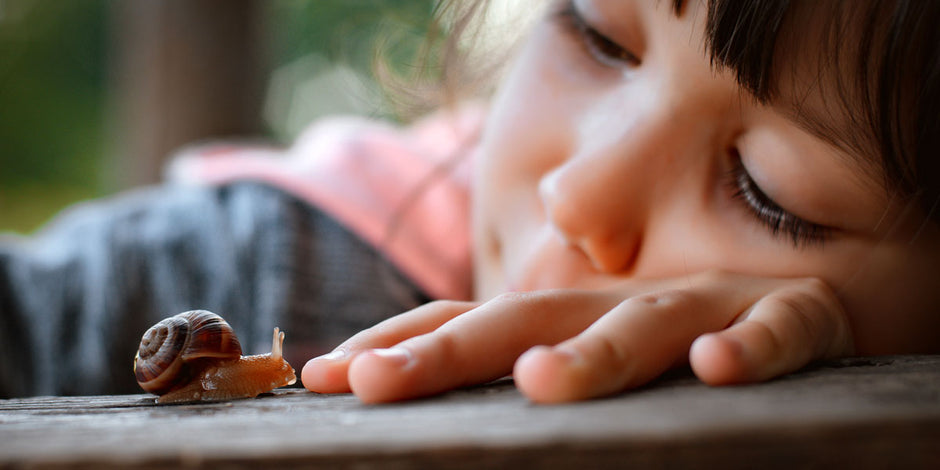Guest Blog - Author Bio
Rebecca Broad is a young naturalist who has long worked and written for Ark Wildlife. Here she explores the hidden world of the spitbug.
I reckon everyone has a few species that, when seen, transport them back to a part of their childhood or other significant part of their life. For example, I saw some black headed gulls on a beach last week and instantly thought of my experience with them in the Netherlands, which you can read about here. Another (probably less glamorous) example of mine: the humble spitbug.
Otherwise known as cuckoo spit for its arrival on plants being around the same time as those distinctive birds are first heard, this is actually the sign of an insect. The white froth shrouds an immature froghopper, about half a centimetre in length, which siphons sap from the plant stem. The bitter bubbles protect the nymph from predation, dehydration and temperature fluctuations. As the insect matures, it becomes rather more mobile (jumping up to 100 times its body length) and stops making its creamy defence mechanism. Eggs overwinter in the stem.

Gardeners amongst you are probably used to seeing the blobs on plant stems, but there’s no need for concern. The Royal Horticultural Society (RHS) says froghoppers have “little detrimental effect on plants” and that insecticide is not required. Ramblers and dog walkers may be more likely to see it smeared on their legs from accidentally brushing past host plants. This is the root of my spitbug memories; hot summer days playing cops and robbers in the fields with all the other village kids. At its highest, the wild grass towered above our heads. Flopping down in between games, immersed in the midst of this swaying, rustling world, we would dissect the game’s tactics. There would invariably be accompanying shrieks of “eurgh, you got spitbug ALL OVER your t-shirt!!” which was, obviously, hilarious. Now every milky blog I see surrounding a plant stem evokes memories of those long, lazy days spent chasing through meadows.
Do you have nature experiences that make you reminisce of times gone by?
Tweet me @BeccaLaBee!
Related Internet Links:
The common froghopper -a guide by the Wildlife Trusts
The secret life of the spittlebug

